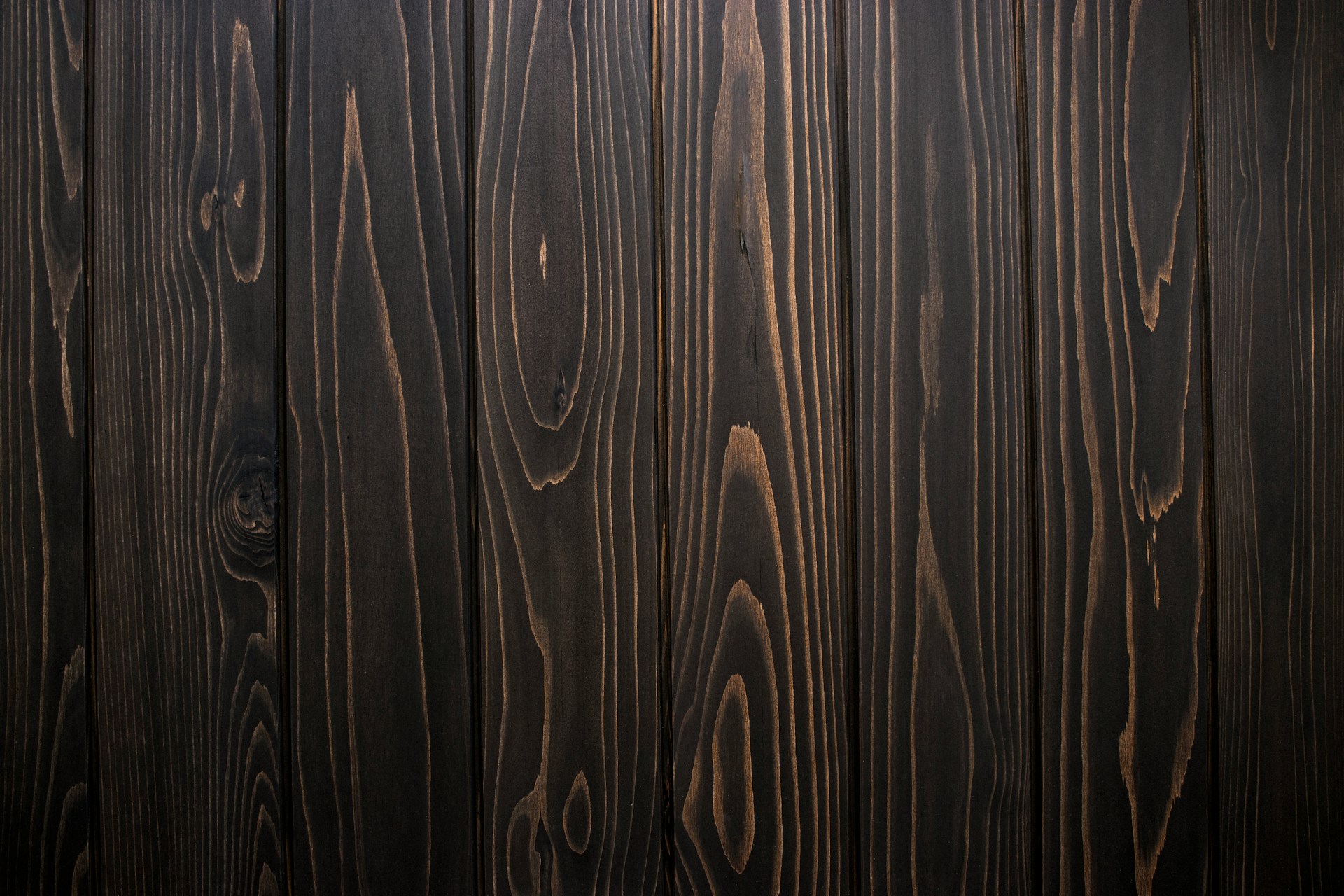When it comes to matching wood stain, it’s like trying to find a key in a haystack.
The process may seem challenging, but fear not, for with the right guidance, you can master the art of blending hues seamlessly.
By understanding the intricacies of wood types and stain compatibility, you can reveal the secret to achieving a flawless finish that will leave your project looking impeccable.
Here are the intricacies of achieving the perfect wood stain match, enhancing your woodworking skills to an advanced level.
Choosing the Right Wood Stain
When selecting the right wood stain for your project, consider the unique characteristics of the wood species and natural color variations to guarantee a seamless match.
Different wood species have varying natural colors and grain patterns that can affect how the stain appears once applied.
To achieve a perfect match, it’s important to choose a stain color that complements the existing wood tone and grain pattern.
By selecting a stain that harmonizes with these features, you can enhance the beauty of the wood while ensuring a cohesive finish.
Matching stains involve more than just finding a similar color; it’s about creating a unified look that accentuates the wood’s natural beauty.
Before applying the stain to the entire surface, always test it on a sample piece or hidden area to confirm the color accuracy. This step is vital in ensuring that the chosen stain interacts well with the wood species and achieves the desired color match.
Testing for Wood Stain Matching
To guarantee a seamless match when testing for wood stain matching, start by applying a small amount on a hidden area to assess color accuracy before proceeding with the full application. This preliminary step allows you to see how the stain corresponds to the original wood color and grain.
After allowing the test area to dry, it can be viewed alongside the untouched wood to make any necessary adjustments for a perfect matching stain. If the color isn’t quite right, consider adjusting the number of stain layers or experimenting with different stain mixes until the desired matching is achieved.
Consistent application techniques during testing are key to ensuring that the final result will be an accurate match.
Additionally, testing the stain on a separate wood sample before applying it to the actual project can provide a clearer indication of how the stain will interact with the wood furniture, allowing for more precise adjustments and a better overall outcome.
Mixing Custom Wood Stain
Consider blending small amounts of different wood stains together to create unique and custom colors for your staining projects.
Mixing wood stains allows you to experiment with various hues and achieve a personalized touch.
Start by selecting a few wood stains in different shades that you think might work well together.
Blend the colors in small amounts, checking the ratios until you reach the desired shade. It’s important to keep track of the proportions used so that you can verify the custom color in the future if needed.
To verify that the custom stain turns out as expected, test it on a separate piece of wood before applying it to your project.
This way, you can see how the color appears on the type of wood you’ll be staining and make any necessary adjustments.
Expert Advice on Wood Stain
Blend different wood stains thoughtfully to create custom colors that elevate your staining projects.
When seeking guidance on matching wood stain, consulting with paint store staff or woodworking professionals can provide invaluable insights.
When it comes to matching an existing wood stain, expert advice is essential.
Professionals can recommend the right products and techniques based on their experience and knowledge.
They’ll know how different stains and finishes interact with various wood species, grain patterns, and existing finishes.
Bringing a sample piece of wood or finish is advisable for accurate color matching.
By discussing your desired outcome and preferences with experts, you can receive tailored recommendations that suit your specific project.
Expert advice is vital for handling challenges and ensuring successful results when matching wood stain.
Trusting the expertise of professionals in color matching can lead to a harmonious blend of colors that enhance the beauty of your wood projects.
Bonus Tips for Wood Stain Matching
When matching wood stain, making certain you have a consistent light source is essential for accurate color assessment.
Start by selecting a wood sample from your project to test different stains. Take into account natural variations and grain patterns in the wood when choosing a stain to guarantee a harmonious finish.
Mix and test stains on a separate piece of wood to see how they interact with the actual project wood.
Adjust stain colors by adding layers or blending different stains to achieve the desired hue.
Keep track of the proportions of each stain used so you can replicate the color in the future and maintain consistency.
Remember to pay attention to stain consistency and apply thin, even layers to prevent blotching and achieve a professional-looking result that highlights the natural beauty of the wood grain.
Conclusion
To sum up, matching wood stain requires careful consideration of color, finish, and testing.
By choosing the right stain, testing for matching, and possibly mixing custom colors, you can achieve the perfect match for your project.
Expert advice and bonus tips can further enhance the outcome.
Remember to always prioritize safety, consistency, and patience when working with wood stain to guarantee a beautiful and professional finish.


Leave a Reply